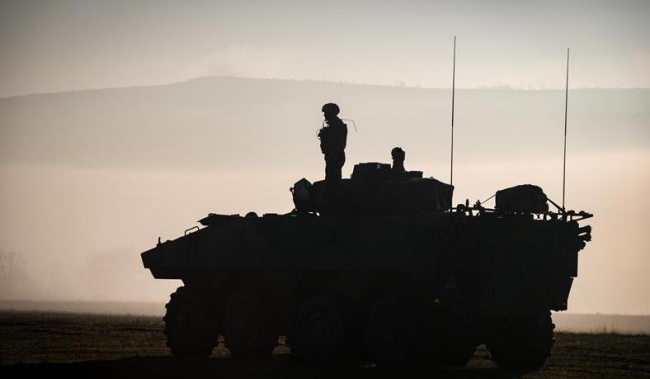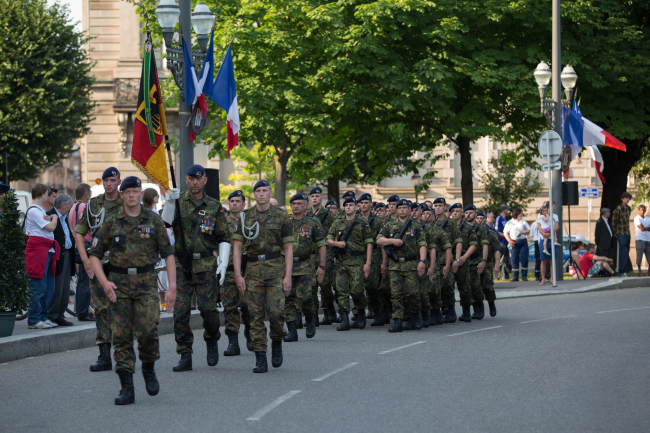La fin du régiment ? Trente ans de déstructuration de l'organisation tactique régimentaire

The new organization of land forces breaks with a centuries-old tactical order: the regiment. Born out of political constraints that have shaped its history, the regimental order has accompanied the rise of the nation state; the Third Republic, for instance, entrusted it with political, social, and cultural functions.
The implementation of the so-called modular organization of the Army - which is disrupting the regimental principle - stems likewise from political developments that, in this case, first emerged in the early 1980s. Caught between demands for additional engagements abroad and the reality of scarce resources to accomplish such objectives, the Army is forced to cobble together ad hoc solutions. As a result, the tactical organization of the regiment has been deconstructed: the body of troops, thus dismantled, has been transformed into a "reservoir of resources." At the turn of the century, military austerity had led to the normalization and standardization of this practice of "modular" tactical organization, which seizes from the regiment what is needed to equip task forces deployed in distant theaters. At the same time, this policy requires joint defense bases to aggregate the resources that once provided the regiment with its autonomy. In short, it's unclear what the commanding officer is now commanding. Is this the end of the regiment?
This content is available in French: La fin du régiment ? Trente ans de déstructuration de l’organisation tactique régimentaire
Related centers and programs
Discover our other research centers and programsFind out more
Discover all our analysesThe Franco-German Brigade and the Revival of European Defense
One thing has been clear since Donald Trump's return to the White House: the very existence of the European unification project is threatened. Unless it develops a sovereign defense policy to counter the war in Ukraine and the weakening of American security guarantees, the European Union will continue to see its internal cohesion and external attractiveness wane.
Taking the Pulse: Can Europeans Build Their Independent Extended Nuclear Deterrent?
Confronted with a U.S. disengagement and the Russian threat, Europeans are reconsidering their stance on nuclear deterrence. Given the capabilities of the French and British arsenals, can Europe develop an independent nuclear deterrent?

RAMSES 2024. A World to Be Remade
For its 42nd edition, RAMSES 2024 identifies three major challenges for 2024.
A Transatlantic Defense Industrial Base? Two Contrasting Views
The evolving landscape of global defense cooperation has brought the transatlantic relationship between the United States (US) and Europe into sharp focus. As geopolitical tensions rise and the threat environment becomes more complex, the question of how Europe can best ensure its security while navigating its relationship with the United States has become paramount. This double feature report offers two contrasting views on the dynamics of US-Europe defense industrial relations, highlighting the challenges and opportunities that lie ahead for both parties.








